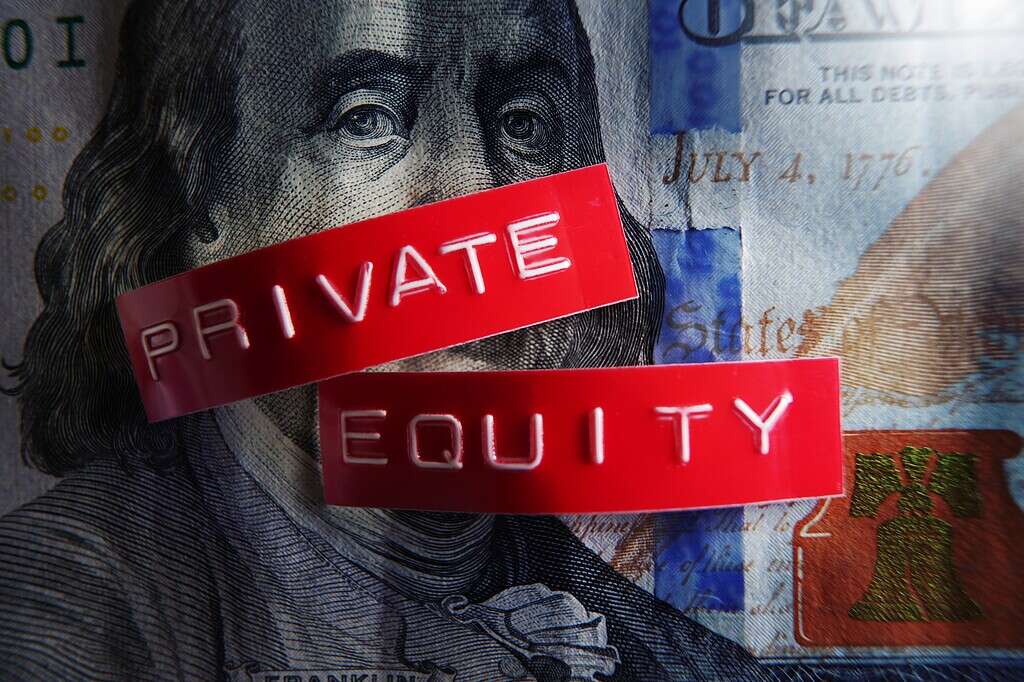Private credit has grown into a major force in corporate finance, serving as an alternative to traditional banks.
From senior, cash-flow-based direct lending to mezzanine, venture, distressed, and asset-based finance, proponents argue that these more tailored solutions give companies flexibility, speed, and confidentiality. This means that, while banks face strict oversight, private credit funds remain lightly regulated. As a result, critics continue to highlight systemic risks and the lack of investor protection.
Global Finance has created a five-part FAQ section that aims to answer some key questions about private credit: who uses private credit, how it has grown, what financing solutions it offers, where the capital originates, and how regulators are responding to its rapid growth and growing interconnectedness with traditional banks.

What is Private Credit and Who Uses It?
How has private credit grown in importance since the Great Financial Crisis? What is the current market size in the US and other regions?

How Private Credit Fills The Financing Gap For Corporates?
How does private credit meet various financing needs for companies that often can’t access the syndicated loan market?

Who Provides The Capital Behind The Private Credit Boom?
Which investors supply the majority of the capital for private credit?

Why Banks And Private Equity Firms Are Both Competing And Collaborating In Private Credit?
Why are banks both increasingly cooperating and competing with PE firms in providing private credit?

Why Regulators Are Watching Banks’ Growing Exposure To Private Credit?
Why are banks both increasingly cooperating and competing with PE firms in providing private credit?




